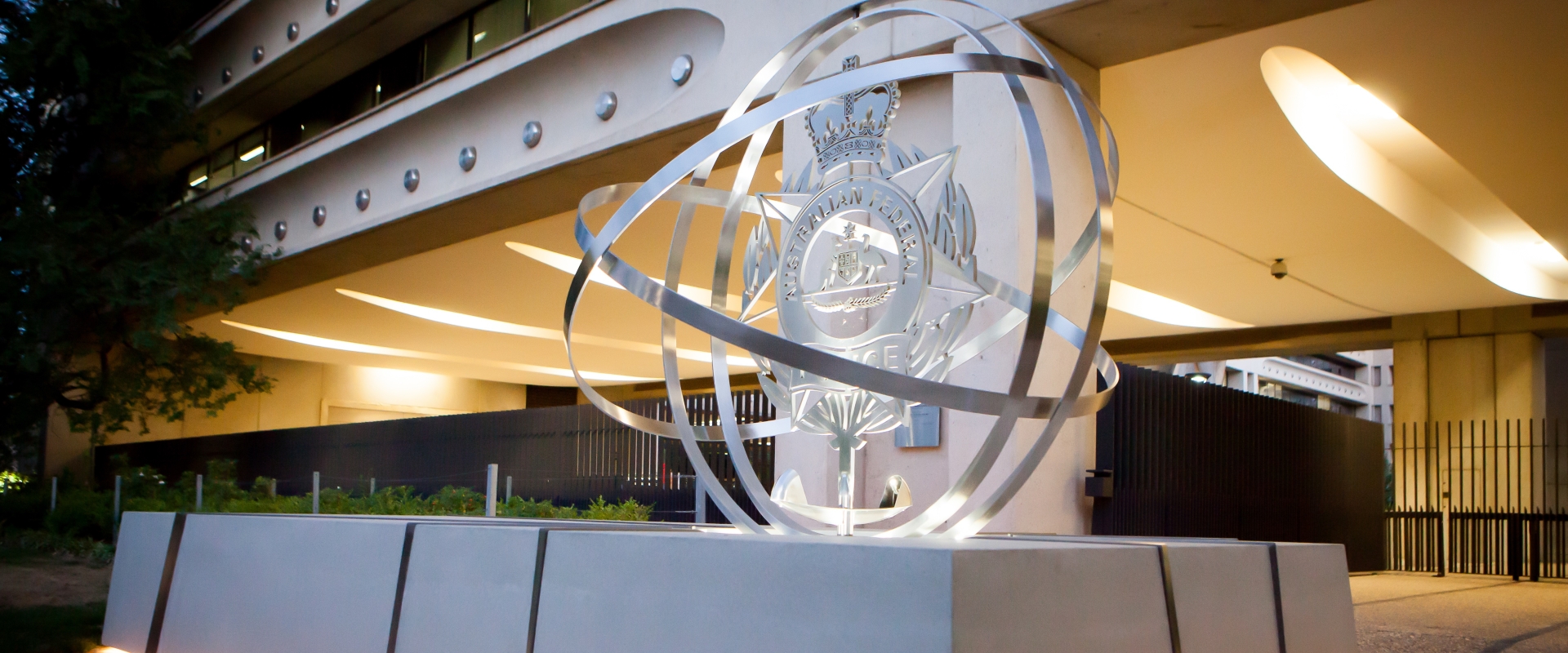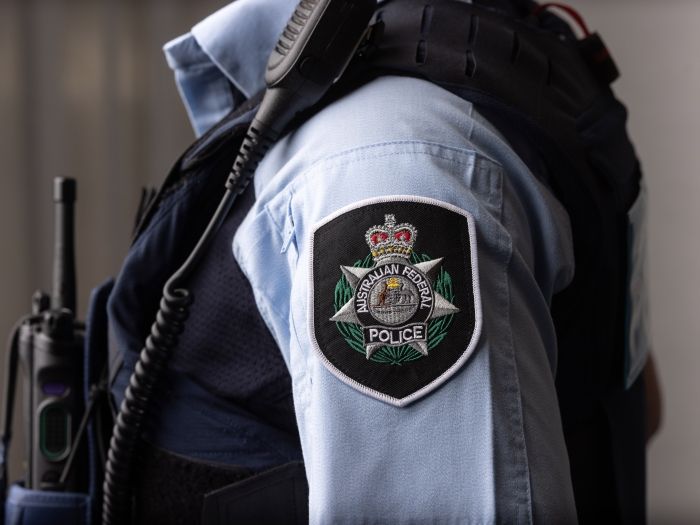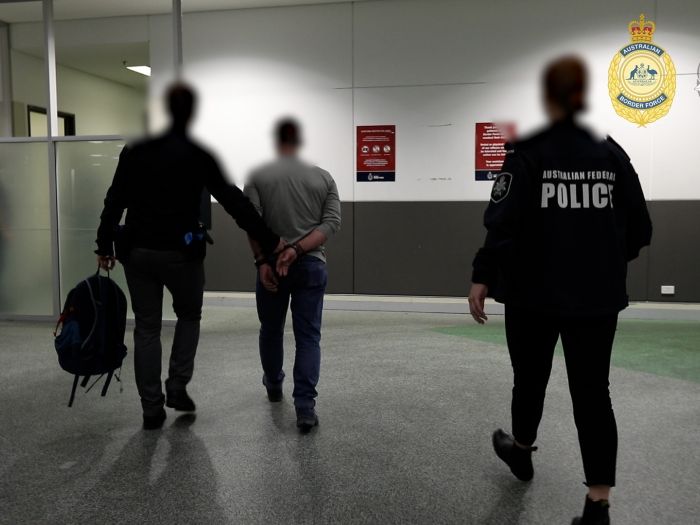Sydney man jailed for producing child abuse material
This is a joint media release between the Australian Federal Police and Australian Border Force
Please note: Media are reminded of their obligations under section 15A of the Children (Criminal Proceedings) Act 1987 (NSW).
A Sydney man was sentenced last week (17 October, 2025) to a combined period of three years and eight months’ imprisonment for producing and possessing child abuse material.
Australian Border Force (ABF) officers identified the Baulkham Hills man, 67, and examined his luggage when he arrived in Sydney on an international flight from Southeast Asia in January 2024.
During the examination, ABF officers located child abuse material on his electronic devices and reported the matter to the AFP for investigation.
AFP Eastern Command Child Protection investigators executed a search warrant at the man’s home and found evidence the manhad produced child abuse material involving a family member.
The man pleaded guilty to:
One count of producing child abuse material, contrary to section 91H(2) of the Crimes Act 1900 (NSW); and
One count of possessing child abuse material obtained or accessed using a carriage service, contrary to section 474.22A of the Criminal Code (Cth).
He was sentenced by the Parramatta District Court last week (17 October, 2025) to a combined total of three years and eight-month imprisonment, to be eligible for parole after serving two years. The man has been in custody since his arrest.
AFP Detective Superintendent Luke Needham said the AFP worked closely with its state and Commonwealth law enforcement partners to identify anyone involved in the abuse and exploitation of children.
“The children shown in these images need to be protected, not used for the gratification of predators,” Det Supt Needham said.
“The AFP will not hesitate to charge those involved at any level in the illicit trade of these abhorrent images.”
ABF Superintendent Elke West said officers seize offensive material coming across the border every day, examining devices and using targeted profiles to stop predators.
“ABF officers utilise a range of intelligence and intuition to identify those who pose a threat and may be carrying vile and harmful content over the border,” Supt West said.
“Working together as agencies ensures we put the wellbeing of children across the globe at the forefront, protecting and removing children from harm’s way.”
The AFP and its partners are committed to stopping child exploitation and abuse and the Australian Centre to Counter Child Exploitation (ACCCE) is driving a collaborative national approach to combatting child abuse.
The ACCCE brings together specialist expertise and skills in a central hub, supporting investigations into online child sexual exploitation and developing prevention strategies focused on creating a safer online environment.
Members of the public who have information about people involved in child abuse are urged to contact the ACCCE. If you know abuse is happening right now or a child is at risk, call police immediately on 000.
If you or someone you know is impacted by child sexual abuse and online exploitation, support services are available.
Advice and support for parents and carers about how they can help protect children online can be found at the ThinkUKnow website, an AFP-led education program designed to prevent online child sexual exploitation.
For more information on the role of the ACCCE, what is online child sexual exploitation and how to report it visit the ACCCE website.
Note to media
Use of term 'CHILD ABUSE' MATERIAL not ‘CHILD PORNOGRAPHY’
The correct legal term is Child Abuse Material – the move to this wording was among amendments to Commonwealth legislation in 2019 to more accurately reflect the gravity of the crimes and the harm inflicted on victims.
Use of the phrase ‘child pornography’ is inaccurate and benefits child sex abusers because it:
indicates legitimacy and compliance on the part of the victim and therefore legality on the part of the abuser; and
conjures images of children posing in 'provocative' positions, rather than suffering horrific abuse.
Every photograph or video captures an actual situation where a child has been abused.




